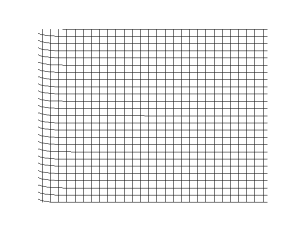PRE-VIEW QUESTIONS
1. Where do ocean waves come from? What gets them started?
Ocean Waves come from out to sea but they only break near the beach, of where the sand is. The wind causes the waves but it can sometimes be caused by a natural hazard such as a hurricane or tornado.
2. What do you think a surfer should know about waves before they try and ride a wave while surfing?
They should know about what causes waves, about how waves are formed, about all the types of wave types and currents. They should know the weather for that day, whether it be a tornado day or just windy day or whether it is a nice day.
VIDEO QUESTIONS
1. Some of the waves that were seen were constructive waves which are small-low waves that deposit sand onto the beach. There was also what looked like a destructive wave which is a large wave that is formed by a tropical cyclone or storm. There looked like longshore drift as well that was also seen at the beach; it is where the wave or drift drifts down the coast. One more thing seen was refraction, which is the bending of waves around headlands and into bays and surf and swash.
2. Waves are formed by the weather. The weather forms the waves depending on the weather, so if it's good weather such as a nice day the waves should be fine but if it's windy and a nice day or windy and a bad day the waves will more likely become big and really good for surfers but that is when it becomes dangerous because of currents and longshore drift. The wind blows the top of the ocean and so it moves the top of which the energy moves around and around. If there is a tropical cyclone or a tornado then the waves become very dangerous and unsafe to be near the beach. Fetch is the distance that wind travels over the ocean to form waves, wavelength is the horizontal distance between peaks (of the waves) is also used to measure waves and wave height is the vertical distance between the trough and the peak of the wave is another way of measuring waves.

3. A maverick wave is a hug wave smaller than a tsunami but is still very big. It is described as a Mount Everest of the surfing world. Most people who try and surf it fail and get injured. It can often catch surfers unaware.
4. Energy is stored and transferred by the wind. The wind moves the top of the surface of the water and makes it move, and so the wave rolls the water and the water continues rolling (moving) down to the beach until it reaches a sand bar, of where the sand starts getting higher and as the sea floor gets higher the wave get higher causing peaks like mountains and when the sand is really high because it's close to the sea shore where people swim and surf the waves break, which forms a current down to the shore, sometimes longshore drift.
5. My advice would be to stay away from the huge waves such as a maverick wave as it is very dangerous and could cause major injury such as paraplegic or even worse, death. If surfers wish to surf those waves then so be it, I would let them surf it but if they get injured or died then I wouldn't feel sympthetic to them, only the family. It's fine for them to surf smaller waves.












